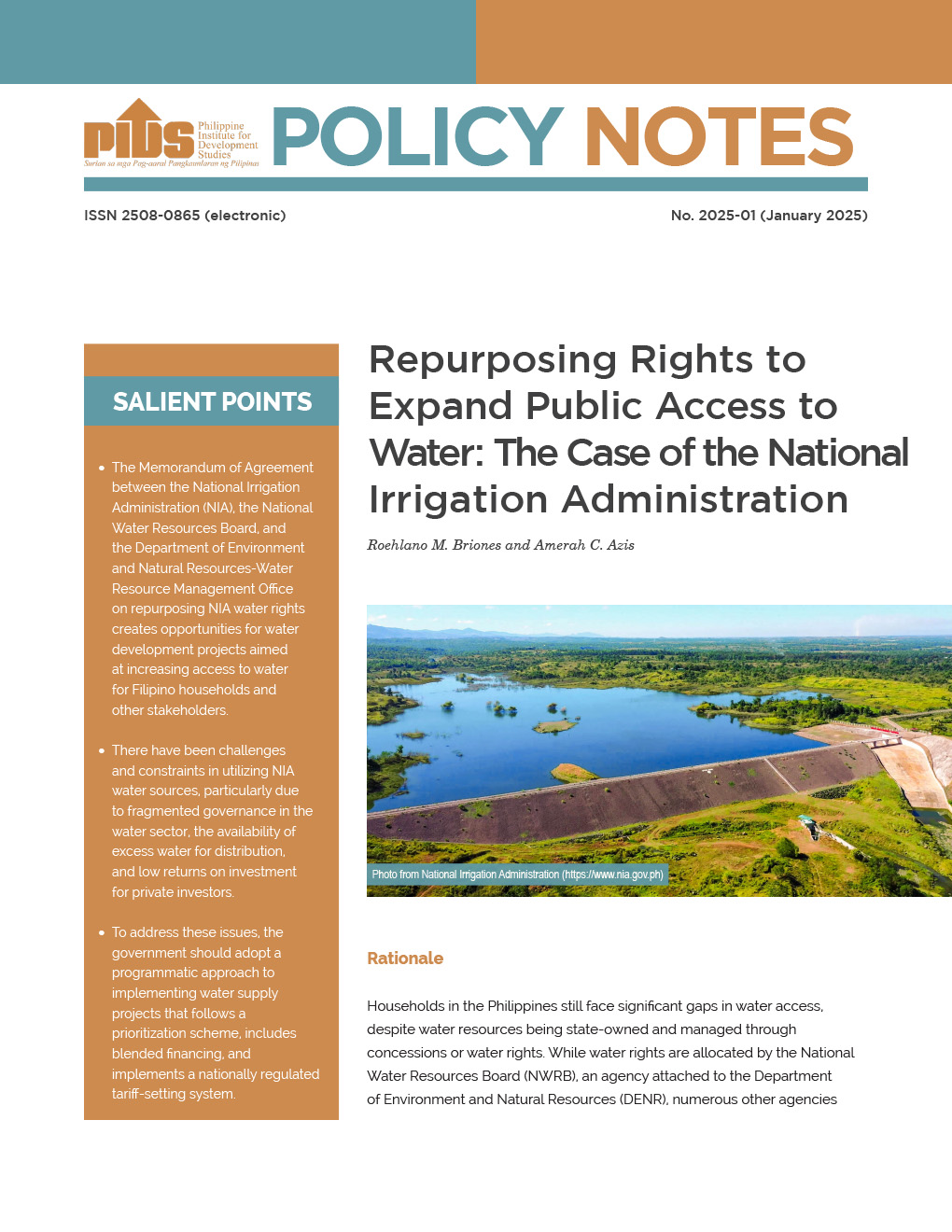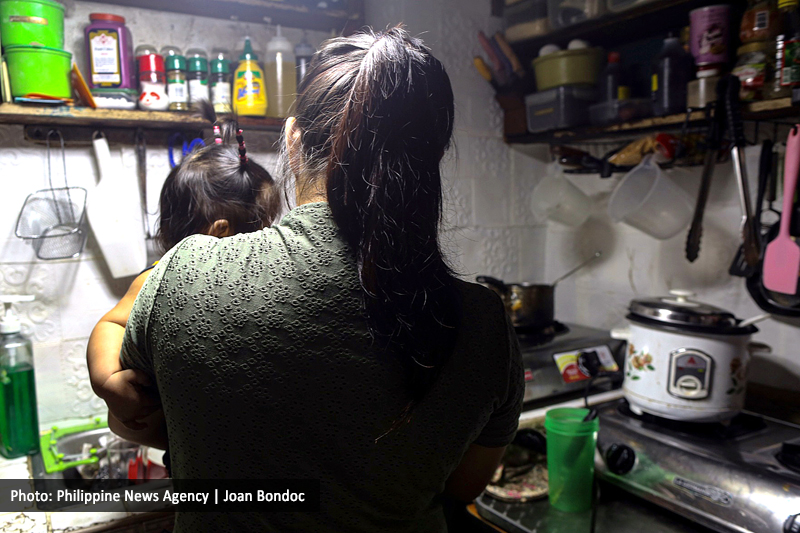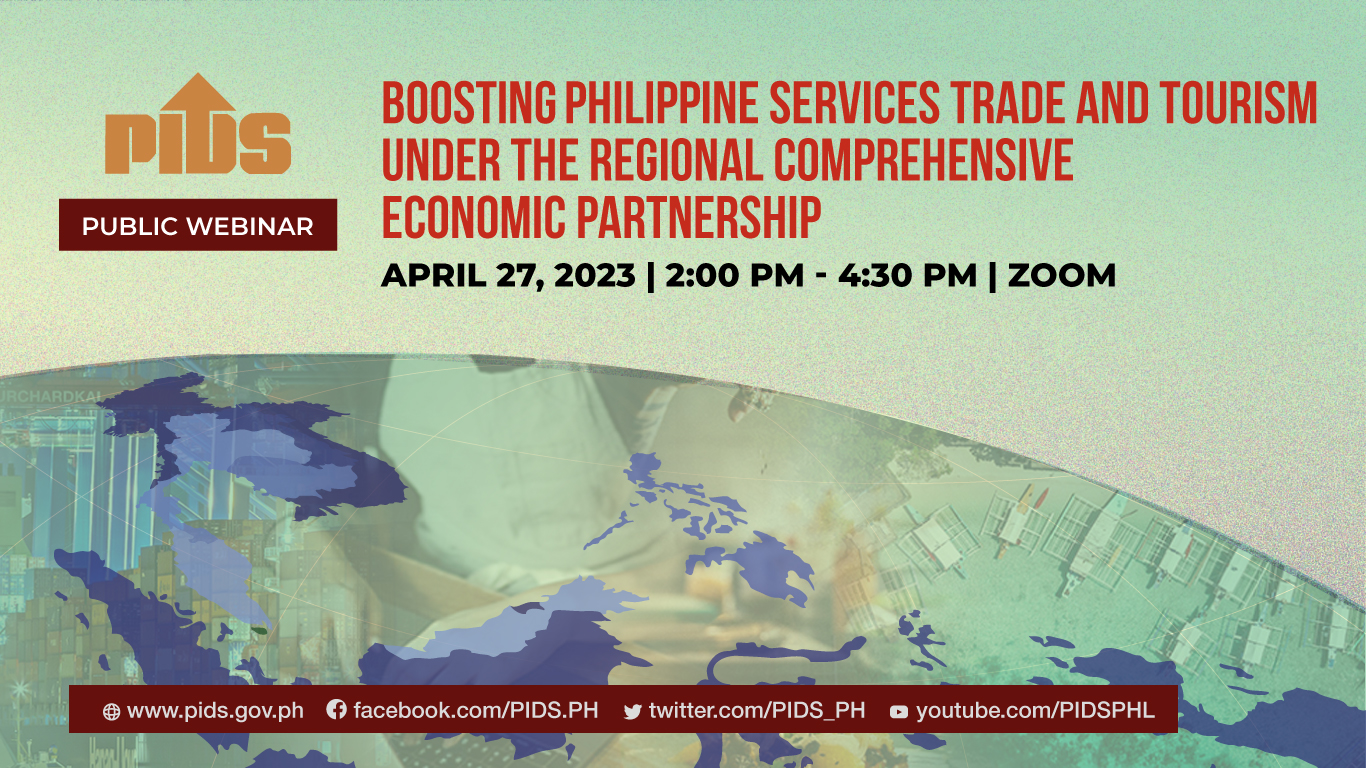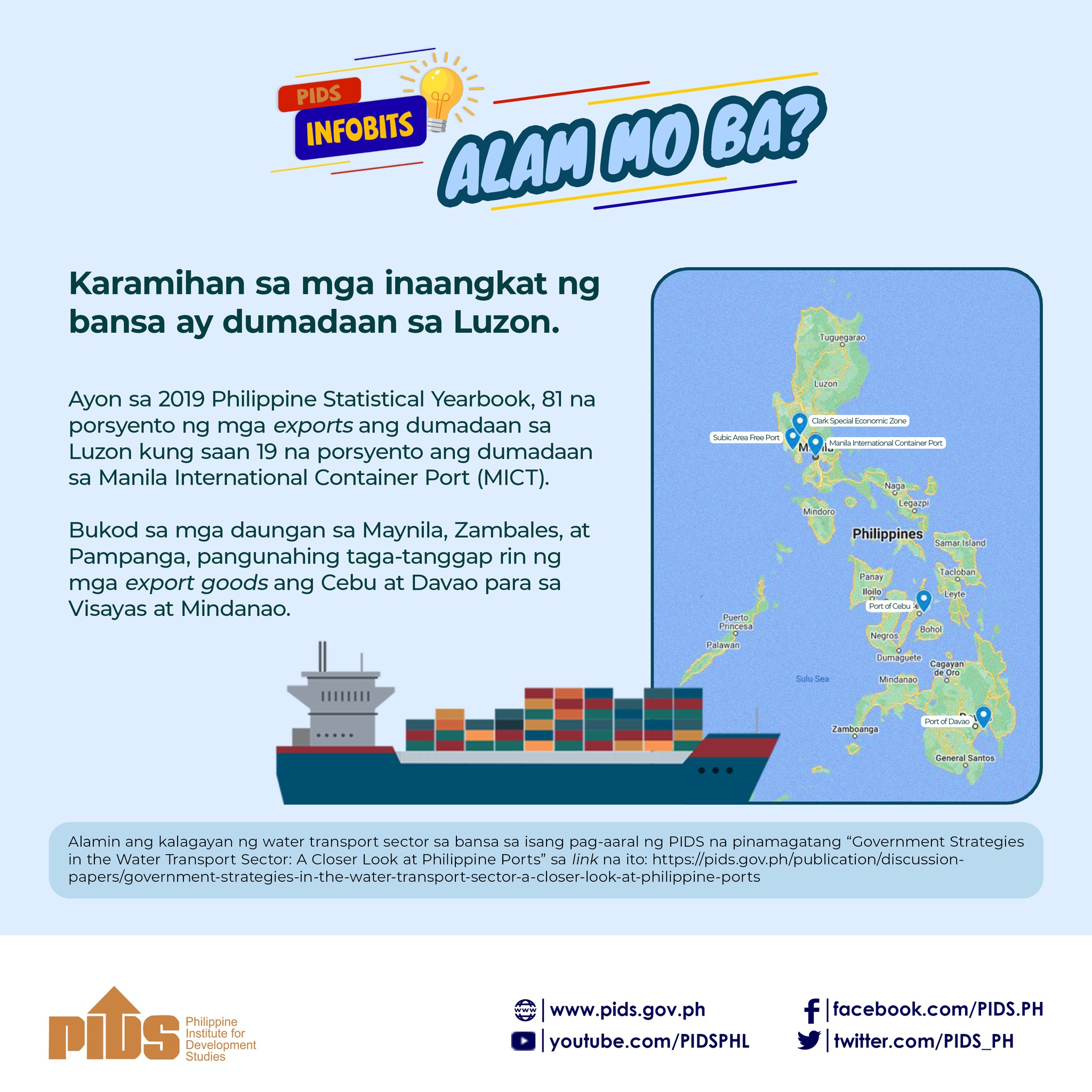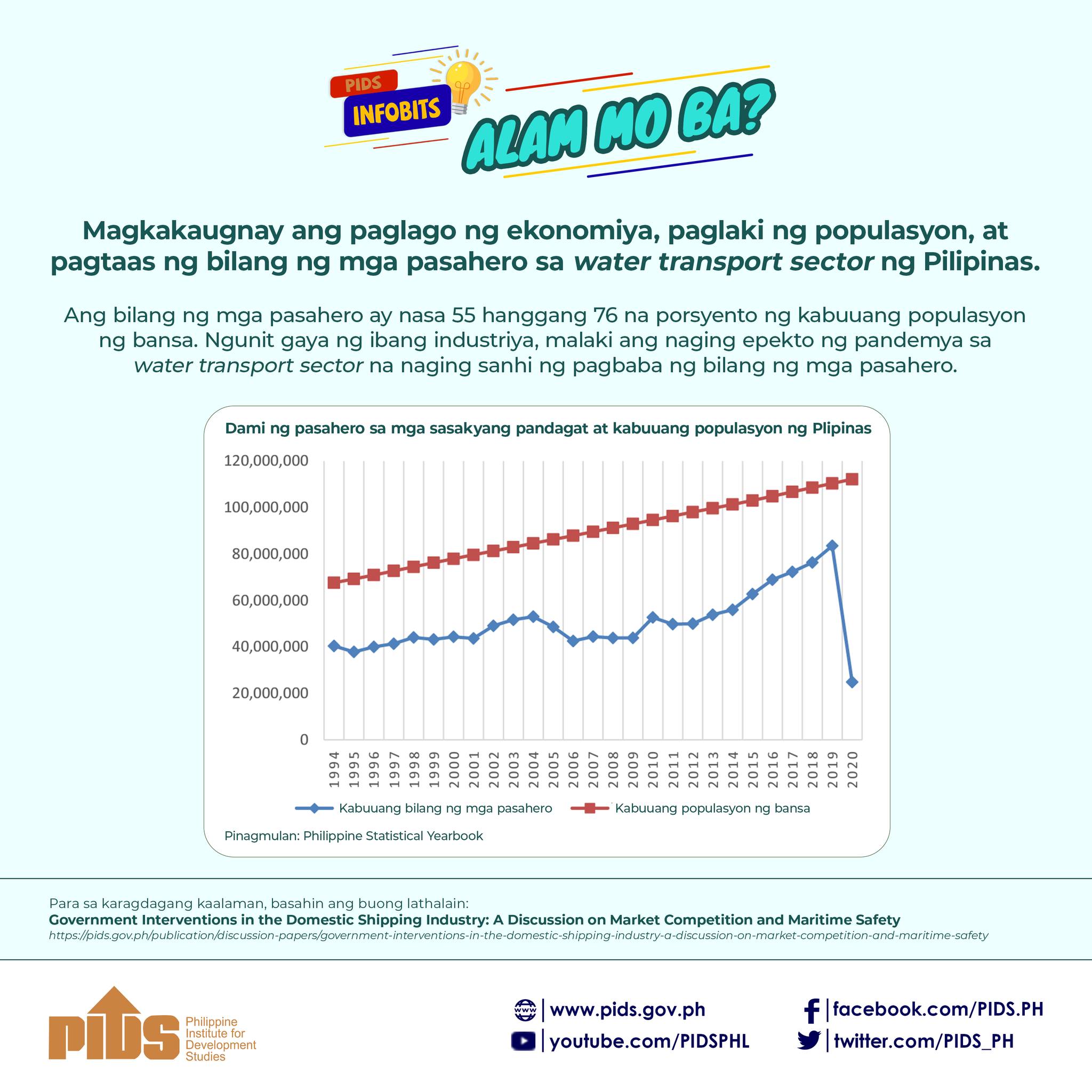TO address water problems in Central Visayas, the Regional Development Council 7 is asking the National Water Resources Board (NWRB) to establish a regional office in Cebu.
National Economic Development Authority (Neda) 7 Director Efren Carreon, in a statement sent recently, said the RDC 7 made the request on Dec. 19 through an RDC resolution, citing a study from the Philippine Institute for Development Studies (PIDS) in 1998 that projected that by 2015, the water deficit in Metro Cebu would be 184,700 cubic meters per day.
"Stakeholders have long recognized the water problem especially in Cebu. While the Metro Cebu Water District (MCWD) is trying to increase water supply by rehabilitating its water wells, the lack of successful regulation of groundwater withdrawal increases risks to sustained supply of potable water,” Neda 7 said.
MCWD implemented an eight-hour service interruption last Jan. 3 to connect its main pipes to the Carmen Bulk Water Supply, adding 18,000 cubic meters to the water district’s production and bringing the daily production to 230,000 cubic meters.
MCWD relies mostly on its groundwater sources, which account for 80 percent of its daily production. Twenty percent of it is from surface water sources.
Aside from Cebu, Neda also raised concerns that the provinces of Bohol, Negros Oriental and Siquijor are also experiencing the same water inadequacy issue.
"The dedicated work of NGOs, watershed and water councils, and advocacies for implementing the national policy on Integrated Water Resources Management (IWRM) have not significantly addressed the problem. The RDC agreed that the water problem in the region requires the attention of a NWRB regional office,” Neda said.
NWRB, an attached agency of the Department of Environment and Natural Resources, acts as the government’s "water resource regulator” and is tasked to issue water permits for the appropriation and use of water supply, and the adjudication of water disputes.
The Water Code of the Philippines tasks the NWRB to "regulate the utilization, exploitation, development, control, conservation or protection of water resources.”
A study conducted by PIDS said an average Filipino family uses six liters per capita per day for drinking and 12 for cooking and the kitchen. The bulk of water use in the household is for personal hygiene at 68 liters per capita per day and 74 for sanitation services.//

